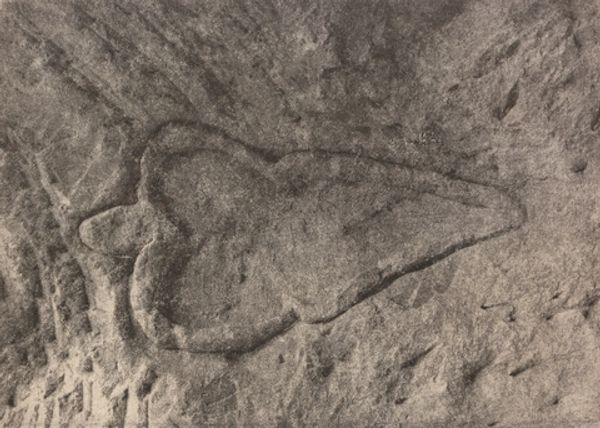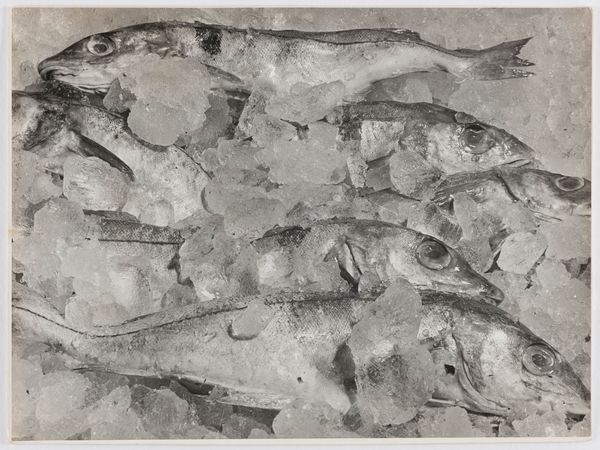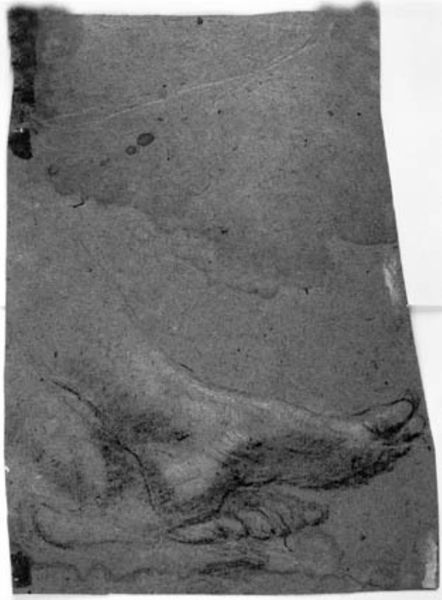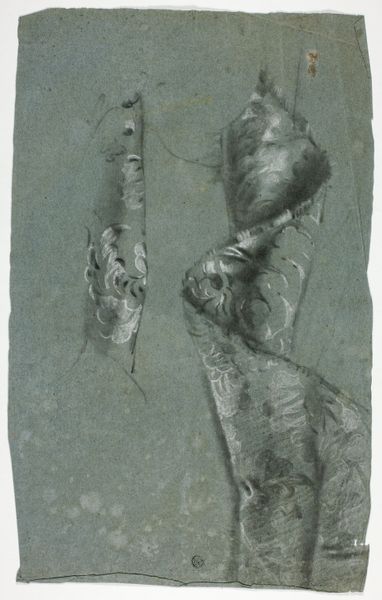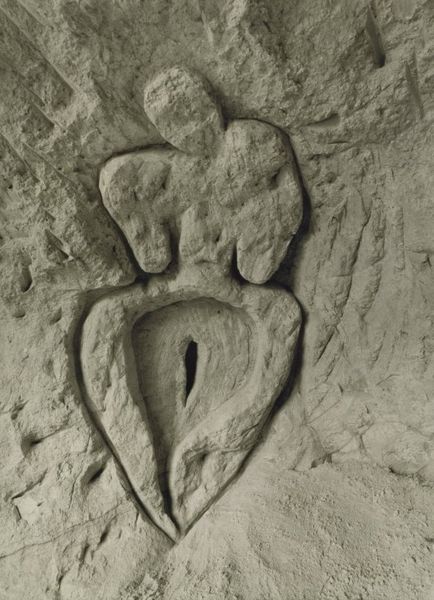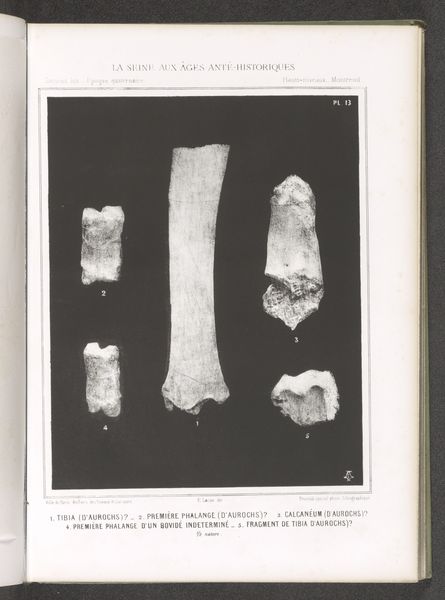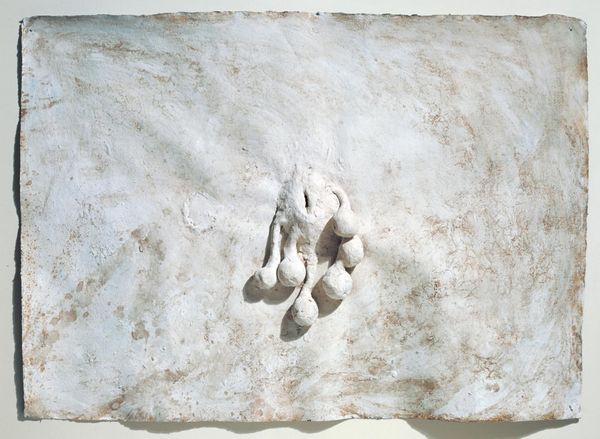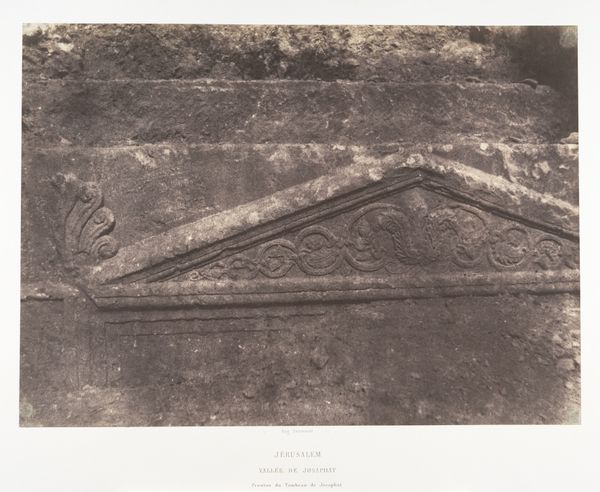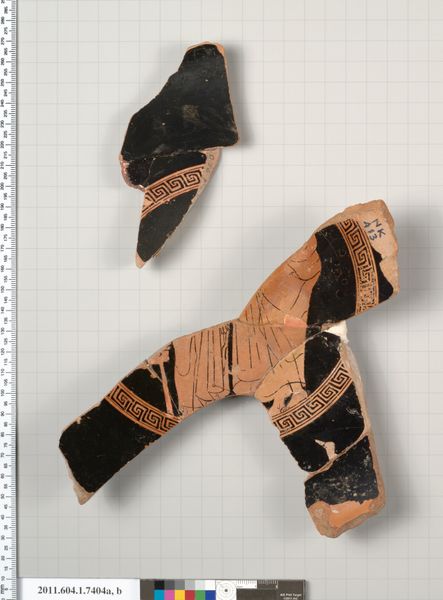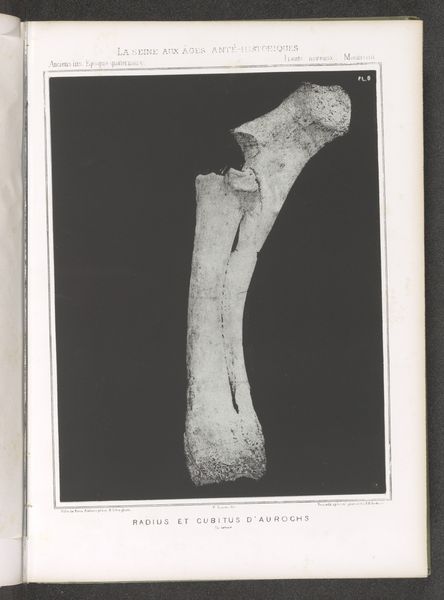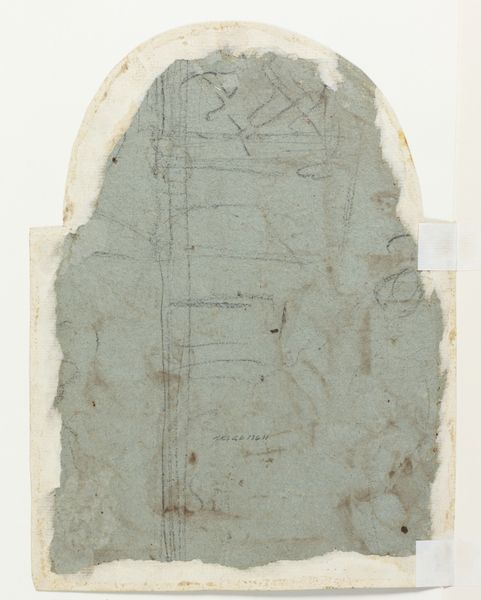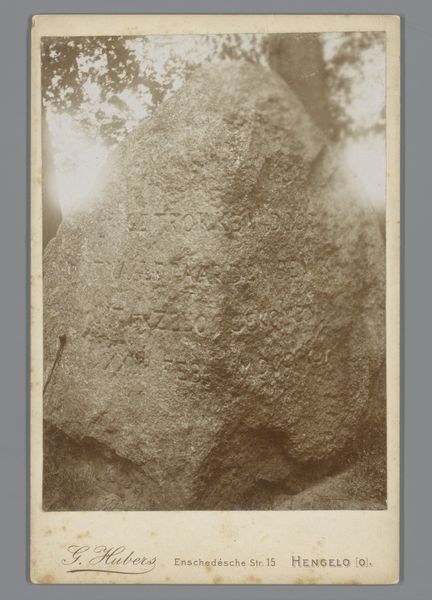
ephemeral-art, sculpture, site-specific
#
contemporary
#
conceptual-art
#
land-art
#
figuration
#
ephemeral-art
#
sculpture
#
site-specific
Copyright: Ana Mendieta,Fair Use
Curator: My breath just caught in my throat looking at this. There's something incredibly ancient and elemental about it, like stumbling upon a hidden goddess in the earth. Editor: That's an apt description. We're looking at Ana Mendieta's "Itiba Cahubaba (Old Mother Blood)", created in 1981 as part of her Silueta series. Mendieta carved this directly into a limestone cave wall in Cuba. It speaks to themes of earth, the female body, and cultural roots. Curator: Cuba…that intensifies the feeling even more. Like she's communing with something essential that existed long before us, or that lingers now. And a woman’s body emerging so directly from rock, the landscape giving birth. It’s powerful stuff. What’s with the pattern in her stomach or chest? It almost reminds me of vertebrae. Editor: Good eye. The markings represent scarification patterns found in Taíno culture, the indigenous people of the Caribbean. Mendieta sought to connect with her own Cuban heritage, referencing a creation myth where Itiba Cahubaba, the Old Mother Blood, bursts open, giving life to the sea and humanity. It becomes, for Mendieta, about reclaiming identity after a diasporic movement, right? Curator: Wow. It is almost too much. So simple, a carving into the earth, but so laden with ancestral memory and power. Do you think its power gets diluted because she also created performance photographs to document her work, since this specific rendering will disappear with the elements and with the changing times? Editor: Actually, the documentation strengthens it! By capturing the impermanence through photographs, Mendieta confronts the notions of institutionalization and accessibility of the art piece in museum spaces, highlighting the transient nature of existence and our relationship to the earth. It exists between being permanently marked in history and becoming unfixed, raw memory in a conceptual gesture. Curator: So, this really makes you question what permanence means when so much about culture gets washed away by larger histories and narratives, I mean it sort of gets lost and displaced or simply never makes it. It feels both like a lament and an assertion of resilience, both physical and spiritual. What does it tell us about being a female artist exploring these kinds of themes in the 1980s? Editor: I think Mendieta challenged the male-dominated art world by placing the female body at the center of creation. The politics around themes of femininity and homeland take on a new resonance when seen as actions by a female, diasporic body in the art world during the eighties. It's an exploration that boldly confronts patriarchal narratives that define who gets to be from what soil, whose body owns what agency. Curator: I can see that. Leaving it to crumble over time also speaks to that assertion; the ephemerality gives the message an even heavier tone. The rawness of her work moves me so deeply, the emotion seems as palpable as stone itself. Editor: Precisely. "Itiba Cahubaba" encapsulates so much: historical reclamation, the body as landscape, and a powerful statement on identity, legacy, and the enduring force of the feminine.
Comments
No comments
Be the first to comment and join the conversation on the ultimate creative platform.
